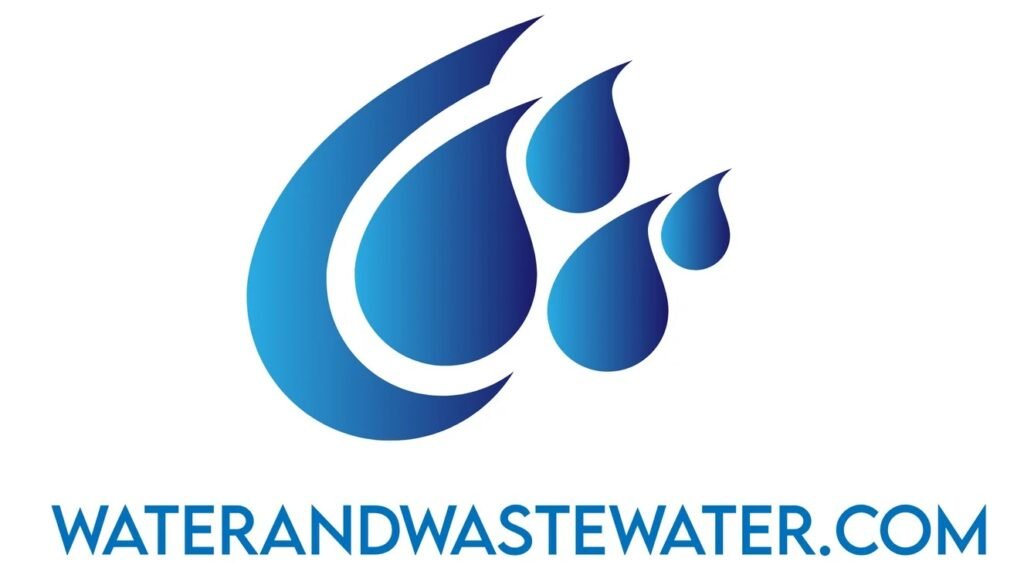Tag: Anaerobic Digestion
Mesophilic digestion is a biological process that breaks down organic matter using microorganisms that thrive in moderate temperatures. This method is widely used in wastewater treatment plants and biogas production facilities. Mesophilic digestion occurs at temperatures between 20°C and 45°C (68°F to 113°F), making it an energy-efficient option for organic waste management. The process involves complex […]
High-solids digestion is an advanced waste treatment method that breaks down organic materials with low water content. This process uses special tanks called digesters to turn food scraps, yard waste, and other organics into useful products like biogas and fertilizer. High-solids digestion can handle up to 40% solid content, making it more efficient than traditional wet […]
Understanding UASB in Wastewater Treatment Introduction In the field of wastewater treatment, the quest for efficient, cost-effective, and environmentally friendly technologies is perpetual. Among the various innovative approaches developed over the years, the Upflow Anaerobic Sludge Blanket (UASB) reactor has emerged as a robust and promising solution. This article delves into the intricacies […]
The Journey of Solids in Wastewater Treatment Plants: From Waste to Resource Wastewater treatment plays a critical role in maintaining public health and protecting the environment. As urban areas continue to grow and industrial activities expand, the volume of wastewater requiring treatment increases. A key component of this process is the management of solids […]
Understanding the Role of Digesters in Wastewater Treatment Wastewater treatment is an essential process in maintaining environmental health and public safety. As populations grow and urban areas expand, managing the vast quantities of wastewater generated becomes increasingly critical. One of the crucial components in modern wastewater treatment facilities is the digester. This article aims […]
The Wastewater Digester Process: An In-Depth Exploration Introduction to Wastewater Treatment Wastewater treatment plays a critical role in maintaining water quality and public health. As populations grow and industrialization continues to expand, the treatment and management of wastewater become increasingly crucial. Among the various technologies employed in wastewater management, the digester process is […]
Title: Guardians of Clean Water: The Pima County Regional Wastewater Reclamation Department – Ina Road Water Pollution Control Facility Introduction Water is an essential resource for sustaining life, economic growth, and ecological health. In Tucson, Arizona, the Pima County Regional Wastewater Reclamation Department (RWRD) plays a crucial role in preserving this invaluable resource. […]
Do Wastewater Treatment Plants Smell? Unveiling the Odors and Advances in Wastewater Treatment Introduction Wastewater treatment plants (WWTPs) are essential infrastructures in urban and rural landscapes, ensuring that water contaminated with domestic, industrial, and agricultural wastes is purified before being redistributed back into the environment. A common question that arises when discussing […]
Biological Reactors in Wastewater Treatment The impetus of sustainable development has driven technological advancements across various sectors, particularly in waste management. One of the most notable advancements in this regard is the biological reactor, a key component in modern wastewater treatment facilities. Biological reactors apply natural processes to degrade and remove contaminants from wastewater, […]
Anaerobic digestion is a fascinating process that breaks down organic matter, such as manure and food waste, without the need for oxygen. This process not only helps in managing waste effectively but also produces biogas, a valuable source of renewable energy. Understanding how anaerobic digestion works can provide insights into its benefits for waste management and […]
